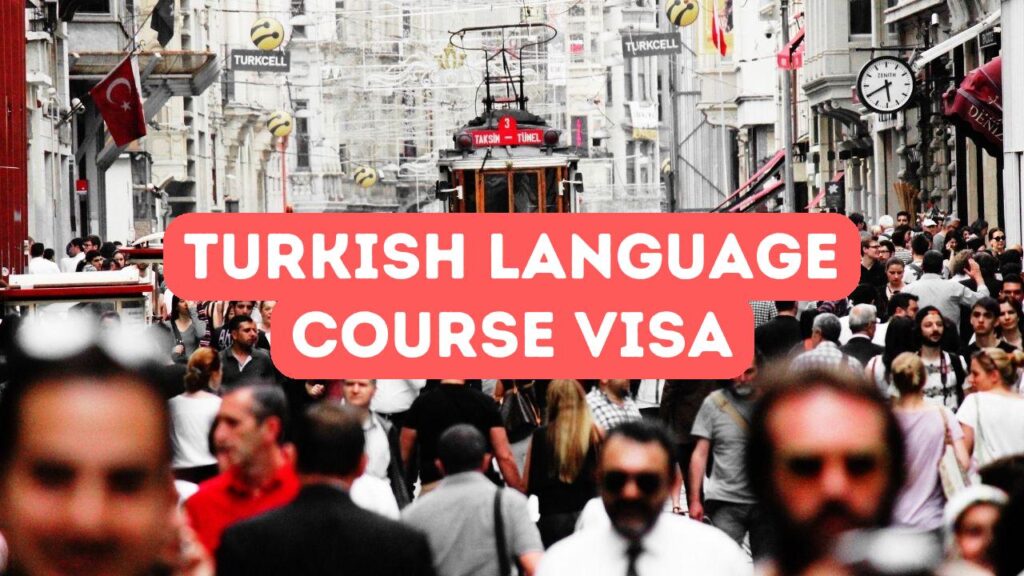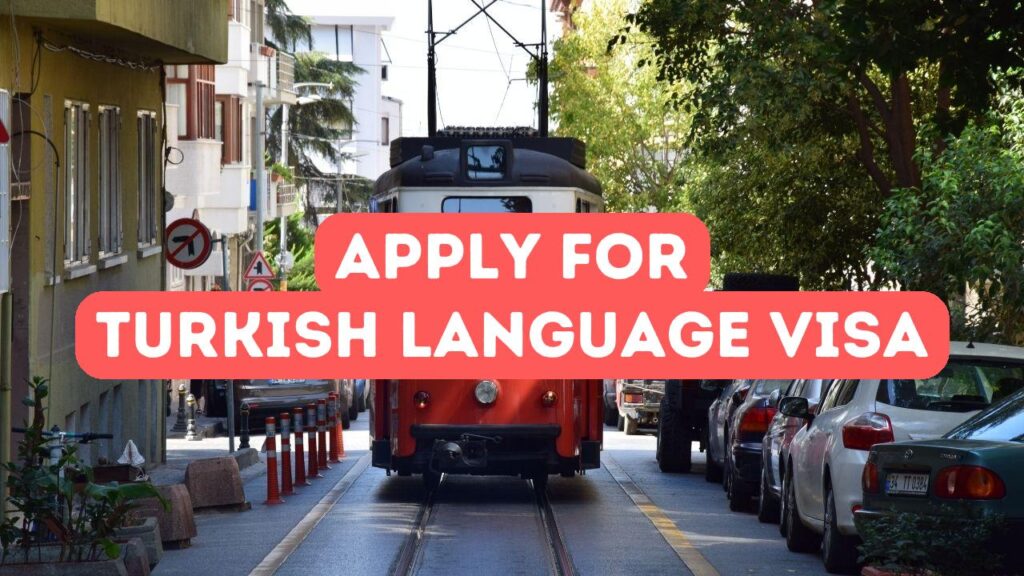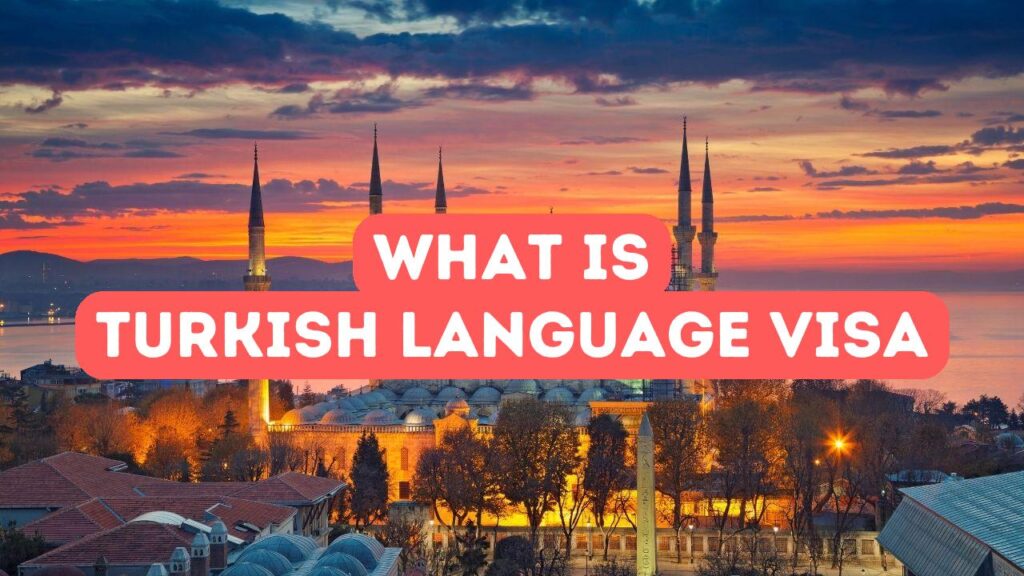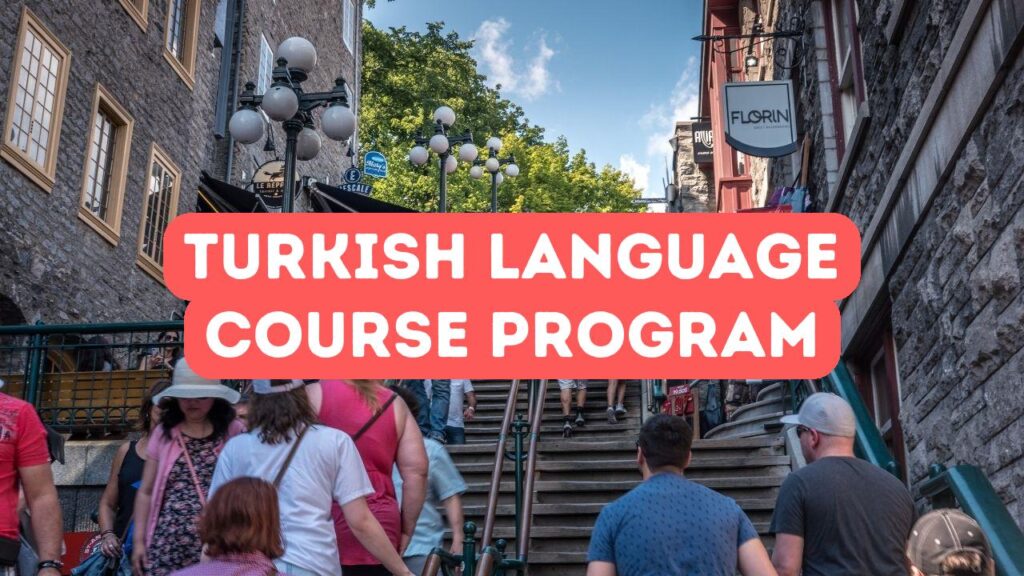The difference between Turkish dialects and Standard Turkish is as vast as the distance between Istanbul and Van. The turkey language diversity is both a rich tapestry and a charming challenge. Have you ever wondered how a single language could sound so different across one country? These dialects carry unique expressions and subtle nuances that reflect Turkey’s vibrant regions. While Standard Turkish acts as the formal thread weaving the nation together, the Turkish language differences ensure cultural depth. Imagine each dialect as a colorful brushstroke on the canvas of Turkey’s linguistic landscape. Learning them is like unlocking a treasure chest of cultural insights. For anyone eager to learn Turkish dialects, it’s a journey that offers more than just words; it provides a window into the country’s soul. Engaging with this diversity brings the opportunity to deepen one’s understanding of Turkey and its people.
Exploring Regional Variations in Turkish Dialects
Turkey boasts an impressive array of Turkish dialects, each offering a fascinating twist on Standard Turkish. Imagine walking from the bustling bazaars of Istanbul to the serene shores of Trabzon; the language shifts like a chameleon adapting to its surroundings. The Turkish language diversity is like a mosaic, every piece distinct yet contributing to the nation’s vibrant whole. In the west, soft vowels dance lightly; in the east, words carry a resonant melody. These Turkish language differences are not just linguistic quirks but windows into the soul of each region. For those who set out to learn Turkish dialects, the journey unfolds like a captivating novel, each chapter more intriguing than the last. It’s a linguistic adventure that provides insight and understanding far beyond mere vocabulary. Each conversation becomes a tale of Turkey’s rich heritage, waiting to be heard and appreciated.
Embarking on a journey through Turkish dialects reveals a captivating spectrum that mirrors the country’s diverse geography. From the plains of Konya where the speech flows with simplicity like a gentle stream, to the bustling streets of Izmir where words are fast-paced and lively, the Turkish language diversity is a world of its own. As you learn Turkish dialects, you’ll find that every region has its melody, its own way of crafting words. Standard Turkish stands firm, anchoring communication, yet each dialect adds its flair, painting a picture of linguistic vibrancy. These Turkish language differences are like the spices in a Turkish dish; without them, something is missing. By greeting locals in their dialect, you’re not just speaking; you’re diving into their culture, engaging in a dance of spoken nuances. With each exchange, you gain insight, strengthening the connections between language and life in Turkey.
Exploring regional variations in Turkish dialects is akin to navigating a rich cultural tapestry, each thread offering a unique story. In the northeast, Laz dialects mix sea breezes with rhythmic speech, creating a different tune when compared to the southern Adana’s hearty and emphatic tones. The Turkish language diversity here stretches like a patchwork quilt, blending ancient and contemporary hues. While Standard Turkish unifies these voices under one linguistic banner, the Turkish language differences in each region offer a kaleidoscope of expression, inviting learners to discover more. As you dive into learning Turkish dialects, each new word means more than just a step forward in language proficiency—it’s another stone on a path leading to Turkey’s spirit. With each dialect, you become a part of local conversations that transcend basic dialogue, capturing the essence of Turkey’s regional vibrancy and the richness of its people.
The Historical Evolution of Standard Turkish
Throughout history, Standard Turkish has evolved like an ancient river shaping its course, molded by time and tide. Born from the need for unity in the Ottoman Empire, it emerged as a beacon during the 1928 language reform, switching from Arabic to Latin script. This transition was less a simple shift and more a linguistic renaissance, bridging the past with the present. Yet, beneath this standardization, the vibrancy of Turkish dialects whispered tales of regional identity and turkey language diversity. From the bustling ports of Izmir to the serene valleys of Cappadocia, each region cherished its own tongue, contributing to the Turkish language differences. To learn Turkish dialects is to trace these tales, weaving stories that connect generations. Standard Turkish, a testament to the nation’s rich narrative, stands at the crossroads where old meets new, offering students of the language an opportunity to explore this linguistic tapestry.
The historical journey of Standard Turkish offers a window into Turkey’s evolution. Delving back to the Ottoman era, Turkish dialects were as diverse as the empire itself. As trade routes stretched from Seljuks to Anatolia, local dialects thrived, adding texture to the tapestry of turkey language diversity. However, with the rise of nationalism, a unified language became necessary. The early 20th century saw an ambitious reform that birthed Standard Turkish, a phoenix rising from centuries of linguistic ebb and flow. This was more than revision; it was a cultural reset. The change was throttled by a desire to simplify and modernize communication, making it accessible to all corners of the nation. Yet, Turkish language differences persisted, like echoes whispering ancient secrets. To learn Turkish dialects is to embrace this complexity, to understand that beneath the layers of Standard Turkish lies a profound cultural mosaic.
Standard Turkish, in its evolution, mirrored the shifts in Turkey’s geopolitical landscape like a river carving paths through a changing valley. It formed a bridge between Ottoman influences and a modern republic’s aspirations. The 1928 language reform served as a landmark, shaping not just the script but also the soul of communication well beyond mere words. Turkish dialects, meanwhile, carried the whispers of regional spirit and turkey language diversity, a testament to the Turkish language differences unfazed by standardization. Across the vast tapestry of Anatolia, to learn Turkish dialects is to engage in a dialogue with history and culture. Each dialect is a unique note in a symphony, harmonizing the past and the present. The journey to embrace these dialectical nuances promises an enriching adventure, unlocking regional wisdom nestled within the heart of cultural tradition.
Implications of Dialect Diversity on Communication and Culture
In Turkey, the tapestry of Turkish dialects weaves a fascinating layer over communication and culture. Imagine traveling through regions where the sound of Turkish shifts like the changing hues of the sky—each twist and turn offering fresh expressions. In everyday life, Standard Turkish takes the helm in formal settings, fostering unity, while the regional tones bring flavor to casual conversations. This diversity does more than just color interactions; it preserves the rich heritage, connecting people deeply to their roots. If one sets out to learn Turkish dialects, they’re chasing whispers of history and tradition. The myriad dialects illuminate Turkish language differences, highlighting not just linguistic variation, but the unique tales of each community. This diversity isn’t just a barrier to break down; it’s a bridge to understanding the Turkey language diversity, transforming the way people connect and share stories.
Understanding the implications of Turkish dialects on communication starts with recognizing how these variations shape identity. In regions where language diversity thrives, Standard Turkish serves as a linchpin in public life, ensuring clarity and cohesion among people who speak different dialects. Yet in private circles, the local nuances of Turkish dialects create a sense of belonging and intimacy. Each dialect speaks to the unique stories etched in the landscapes and echoes the histories of Turkey’s vibrant regions. This colorful palette of language doesn’t just enrich the tongue; it elevates the shared cultural framework. As learners immerse themselves to learn Turkish dialects, they discover a tapestry strewn with idioms and expressions that tell tales distinct from those found in textbooks. Embracing these dialects bridges generations and fosters a deeper understanding of the Turkish language differences, making communication not just an exchange of words, but an experience filled with cultural resonance.
Dialect diversity impacts not only communication but also the cultural mosaic of Turkey. In business and education, Standard Turkish is essential, smoothing over the language gaps like a universal handshake. Yet, step into a local market or a family gathering, and Turkish dialects bloom like wildflowers, vibrant and full of life. Each dialect carries the fingerprint of its region, asserting turkey language diversity with every word spoken. They aren’t just languages; they’re history books, recording the ebb and flow of cultures and communities. To learn Turkish dialects is to invite oneself into this living chronicle, where the Turkish language differences are not hurdles but stepping stones to richer conversations. Engaging with these differences enriches the tapestry of human connection and adds depth to cultural exchanges, demonstrating how much language truly matters in understanding one another’s stories.







